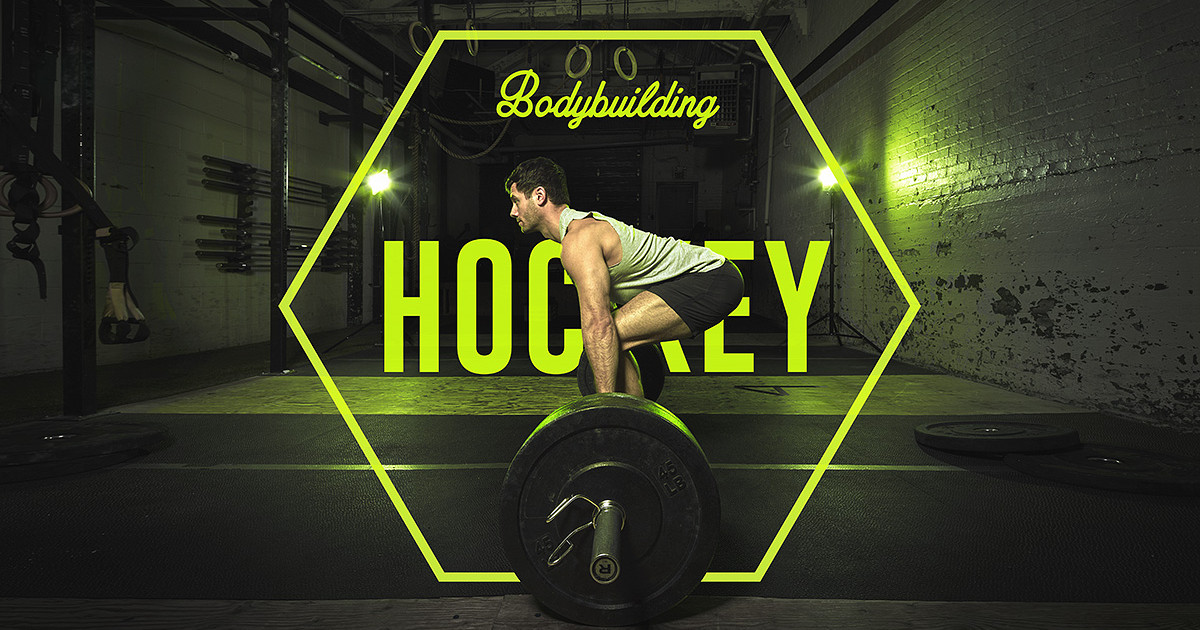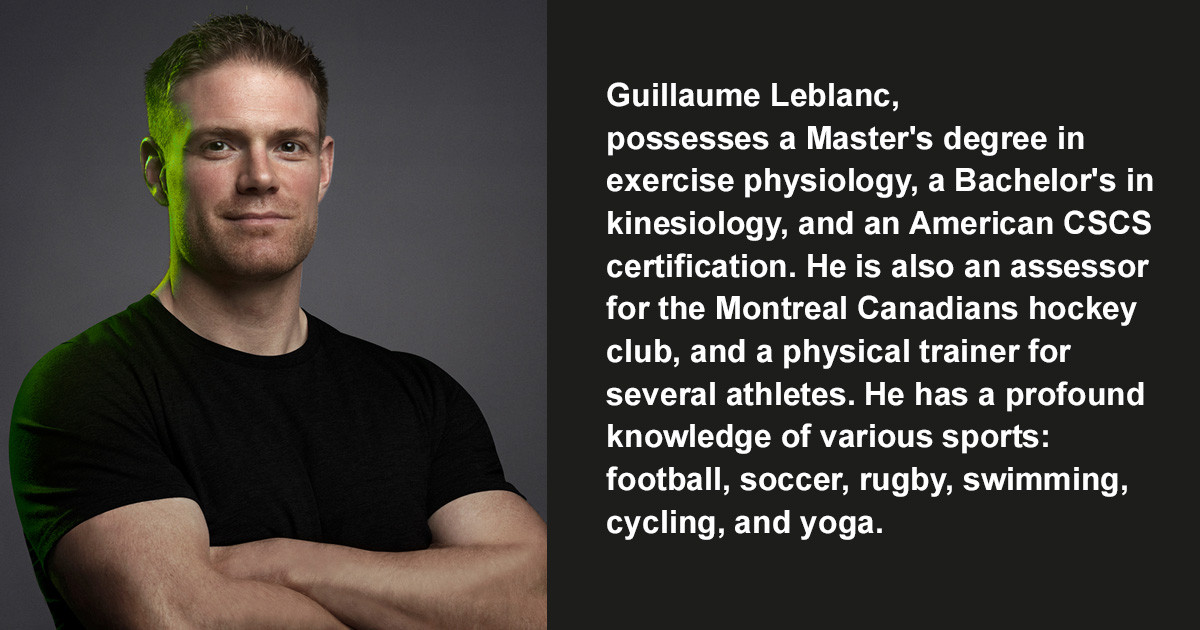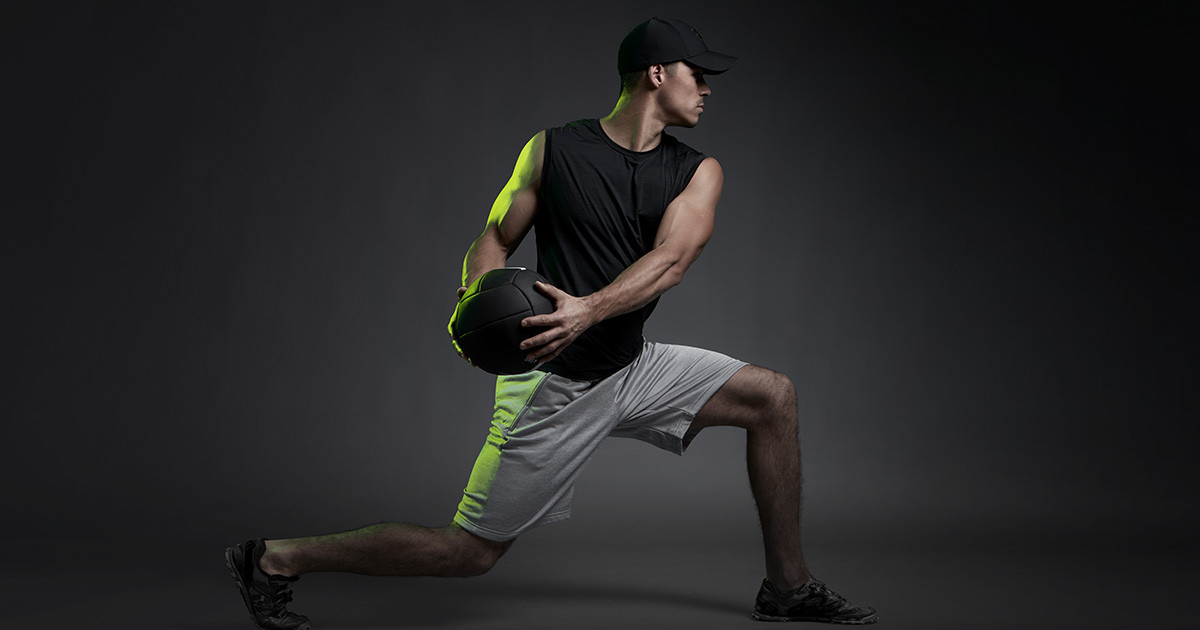Breaking the Ice Before a Hockey Game2

Before you launch like a rocket on the rink and rag the puck, it's important to understand how your body is being worked while practicing hockey, a sport that is more complex than it seems. To avoid feeling at a disadvantage and to get the most out of each minute of playing time at full speed, here are some explanations and advice for good physical fitness.
PHYSICAL TRAINING FOR HOCKEY
Ice hockey is a sport characterized by short and intense periods of play. The players' success depends on a multitude of physical and tactical factors. Regarding the physical ones, those who are adept at this sport should develop their speed, muscle strength, and cardiovascular capacities.
Studiogym offers a physical training program staggered over 4 days, involving different physical factors of hockey.
MUSCLE STRENGTH
Muscle strength, especially that in your legs, is very important for all hockey players, as it enables you to increase your power (if this is combined with speed-power programs). A biomechanical analysis of a lap around the rink demonstrates that the butt, the adductor muscles of the hip, and the quadriceps are principally involved. We can thus put emphasis on these muscular regions. However, it is also important to train these muscles' counterparts, such as the hamstrings, in order to maintain muscular equilibrium, which translates to decreased risk of injury to your knees and hips.
FOCUS ON CORE MUSCLES
The program targets core muscles, deterring the athlete from isolating only one muscular region and instead improving transfer of weight, a very important factor to develop.
The split stance Palof press is a good example of an exercise that requires core muscles.
TAP INTO YOUR POWER
Power is determined by the formula strength x speed. That being said, hockey players should be constantly moving at a quick pace in order to rival an opponent or even to stand out. In order to develop this physical trait, you can make use of explosive exercises such as jumps. This type of training is commonly called plyometrics, which emphasizes pre-stretching before doing muscle contractions.
ARMS
Even if they are not essential to skating, your arms remain a fundamental aspect in training for hockey. It is above all important to develop stabilizing muscles in your shoulders, which are at risk for injury.
External
rotation with a pulley involves the teres minor and the infraspinatus, which
are rotator cuff muscles.
CARDIOVASCULAR TRAINING
It is true that those who are skilled in hockey should have good cardiovascular capacities. Nevertheless, their training exercises should be specific to their playing time. In fact, players should exert themselves at high intensity for about 45 to 60 seconds and take passive breaks (seated on the bench) for 2 to 3 minutes. This is good practice for dividing your efforts, like during interval training.
STRETCHING
Studiogym presents a stretching guide for hockey players. Be aware, it's very important to avoid static stretching before a round of training, and instead to do so after.


